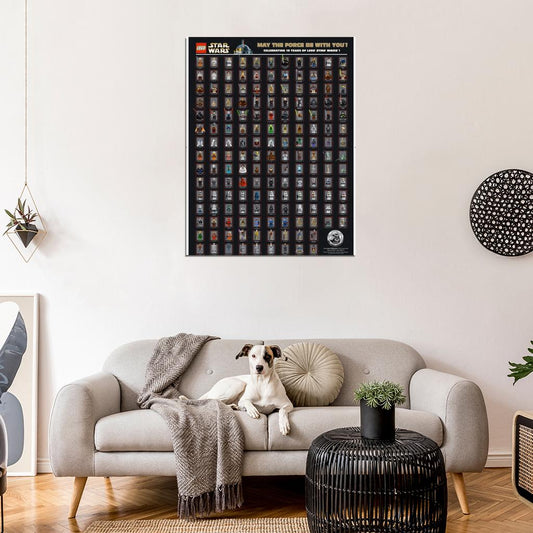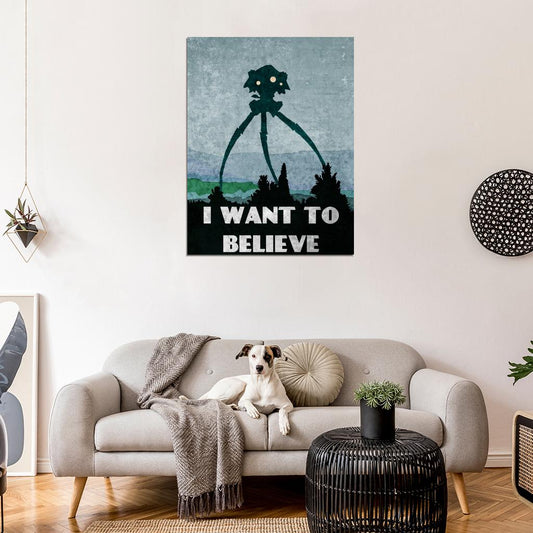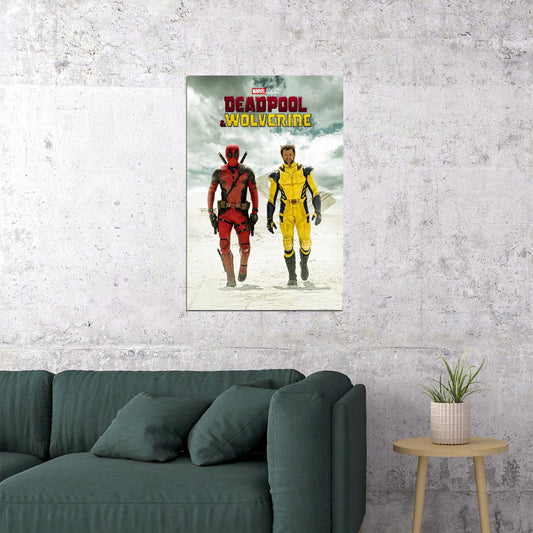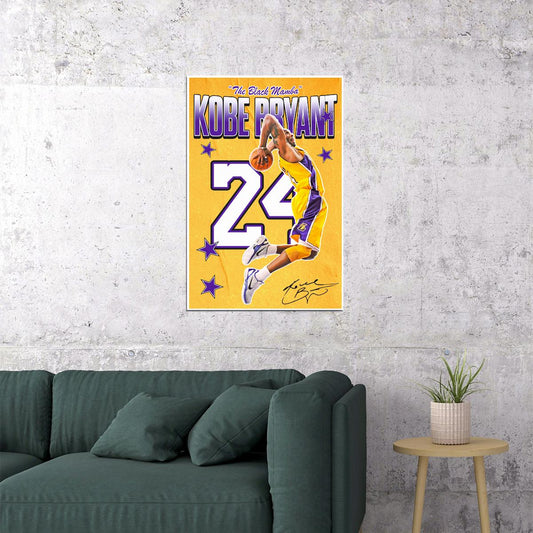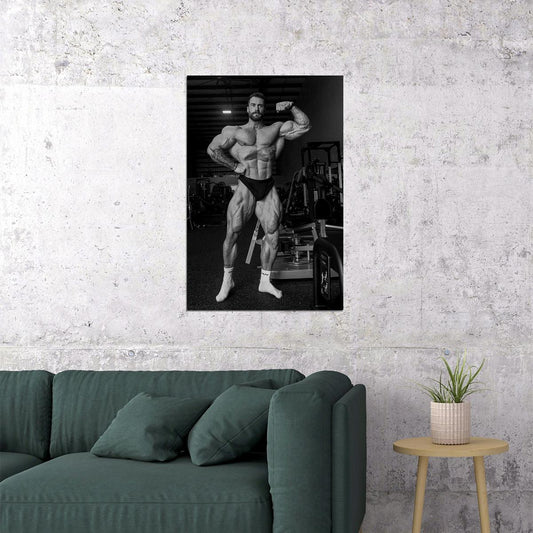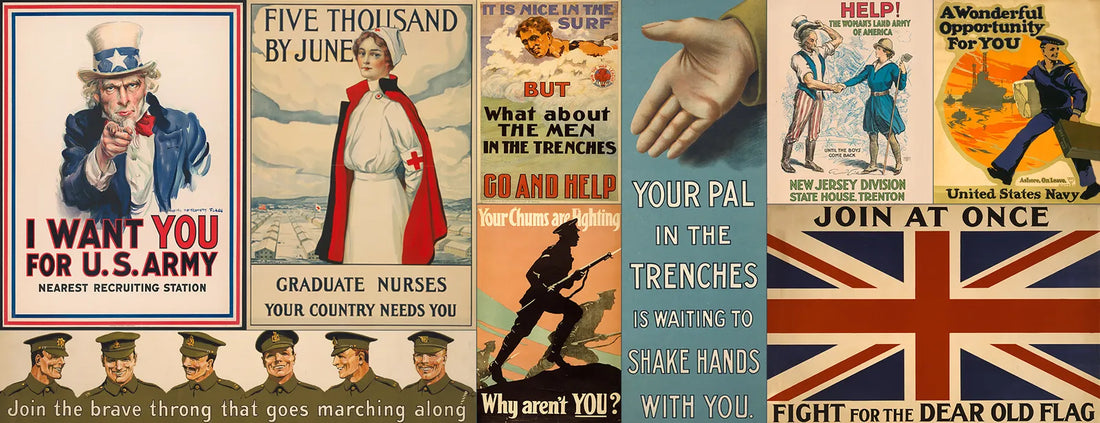
The History of Posters: From Retro to Modern
In today's world, posters are not just ordinary decorations adorning walls (although they are that too), but an effective tool for outdoor advertising. They announce sales or promotions, invite you to cafes or concerts, and even inform you about the symptoms of a cold.
They perform various functions, which allow us to categorize them into the following types:
- Advertising
They are ubiquitous: in shopping and business centers, banks, restaurants, just while walking down the street or on public transport.
Their task: to attract attention and interest the viewer.
Features: colorful images, bright colors, short but impactful or ambiguous phrases are used for this purpose.
- Affiche
Announce films, concerts, exhibitions, auctions, sports events. Their task: to convey the essence of the event, provide more information.
For example, a movie poster will depict the main characters, the movie's title, the director's name, and the release date in theaters.
- Informational
They inform about something important: for example, changes in public transport schedules, metro station closures, or the need to get vaccinated.
Features: concise design and a larger amount of text compared to other types.

- Campaign
These days, this mainly involves urging people to vote for a particular candidate.

- Social, motivational
They highlight issues (e.g., environmental pollution) or encourage action.
Features: irony, sarcasm, or an element of shock are often used in their design.
- Educational
Found in schools, universities, hospitals, libraries, and museums, educational centers.
Posters can contain letters or numbers, maps, tables, formulas, etc.
Features: they are not meant for sale or attracting attention, but to aid in the learning process.
- Artistic
These serve as decorative elements. Unlike paintings and reproductions, posters are more independent and democratic; they suit different spaces: apartments, offices, cafes. Often, they form a unified visual concept from several posters.
In general, posters have become an integral part of our lives, but the question is: how did they come into it?
The history of the poster as a full-fledged art form is about 150 years old and began back in Ancient Egypt: they were used to inform about runaway slaves by placing information about their capture in public places. The Romans and Greeks already knew how to draw announcement posters to inform citizens about upcoming events and celebrations. For example, gladiator fights, theatrical performances, or auctions.

Moulin Rouge: La Goulue. Print by Henri de Toulouse-Lautrec
With the invention of printing in the 14th century in Western Europe, the first mass-produced samples resembling posters appeared. Graphic sheets advertised newly printed literary works by medieval authors.
In the early 19th century, colorful hand-drawn posters were actively attracting the public to theater and circus performances, but today it's hard to call them full-fledged posters.
The official history of the poster begins in 1866 with the creation of a printing and graphics workshop by Jules Chéret.
The talented Frenchman managed to simplify the technology of color lithography as much as possible (making it possible to print posters in large quantities) and set up mass production of two-color posters.
He collaborated with outstanding founders of the new art form:
- Henri Toulouse-Lautrec;
- Théophile-Alexandre Steinlen;
- Eugène Grasset;
- Alfons Maria Mucha.
At that time, the distinctive features of the new type of graphics began to form:
- the use of bright symbols;
- the dominance of contrast in composition;
- the simplification of forms;
- the expressiveness of images.
The commercial success of posters was overwhelming. Many artists of that time moved away from traditional painting and enthusiastically took up poster creation. Posters filled European cities, becoming an integral part of them.

Jules Cheret El Dorado Music Hall 1890
World War I gave a powerful impetus to the development of propaganda posters. Poster heroes called people to join the active army, and caricatured images skillfully mocked the enemy.
In the West, there was a rapid growth of commercial advertising. Authors were not afraid to experiment, creating posters — vivid examples of modernism and avant-garde, and the popular pin-up poster type emerged.
During World War II, posters were used by all the warring nations. Soviet, American, British, and German artists created powerful propaganda posters with patriotic themes.

Uncle Sam. American Symbol
Even today, posters play a significant role in society. Modern computer and printing technologies allow for the creation of colorful posters of any size. In our poster shop, you will find posters to suit any taste and request, and their quality will delight you for years to come!
- 𝚄𝚗𝚜𝚞𝚛𝚙𝚊𝚜𝚜𝚎𝚍 𝚙𝚛𝚒𝚗𝚝 𝚚𝚞𝚊𝚕𝚒𝚝𝚢: 𝙾𝚞𝚛 𝚙𝚘𝚜𝚝𝚎𝚛𝚜 𝚊𝚛𝚎 𝚙𝚛𝚒𝚗𝚝𝚎𝚍 𝚘𝚗 𝚊𝚛𝚌𝚑𝚒𝚟𝚊𝚕 𝚖𝚊𝚝𝚎𝚛𝚒𝚊𝚕𝚜 𝚞𝚜𝚒𝚗𝚐 𝚑𝚒𝚐𝚑-𝚚𝚞𝚊𝚕𝚒𝚝𝚢 𝚒𝚗𝚔𝚜, 𝚠𝚑𝚒𝚌𝚑 𝚐𝚞𝚊𝚛𝚊𝚗𝚝𝚎𝚎𝚜 𝚟𝚒𝚋𝚛𝚊𝚗𝚝 𝚌𝚘𝚕𝚘𝚛𝚜 𝚊𝚗𝚍 𝚜𝚑𝚊𝚛𝚙 𝚒𝚖𝚊𝚐𝚎𝚜 𝚝𝚑𝚊𝚝 𝚠𝚒𝚕𝚕 𝚕𝚊𝚜𝚝 𝚏𝚘𝚛 𝚢𝚎𝚊𝚛𝚜.
- 𝚆𝚒𝚍𝚎 𝚜𝚎𝚕𝚎𝚌𝚝𝚒𝚘𝚗 𝚘𝚏 𝚜𝚝𝚢𝚕𝚎𝚜 𝚊𝚗𝚍 𝚝𝚑𝚎𝚖𝚎𝚜: 𝙵𝚛𝚘𝚖 𝚖𝚒𝚗𝚒𝚖𝚊𝚕𝚒𝚜𝚝 𝚍𝚎𝚜𝚒𝚐𝚗𝚜 𝚝𝚘 𝚟𝚒𝚋𝚛𝚊𝚗𝚝 𝚊𝚋𝚜𝚝𝚛𝚊𝚌𝚝𝚒𝚘𝚗𝚜 𝚊𝚗𝚍 𝚛𝚎𝚙𝚛𝚘𝚍𝚞𝚌𝚝𝚒𝚘𝚗𝚜 𝚘𝚏 𝚏𝚊𝚖𝚘𝚞𝚜 𝚠𝚘𝚛𝚔𝚜 𝚘𝚏 𝚊𝚛𝚝, 𝚠𝚎 𝚑𝚊𝚟𝚎 𝚊 𝚙𝚘𝚜𝚝𝚎𝚛 𝚝𝚑𝚊𝚝 𝚠𝚒𝚕𝚕 𝚙𝚎𝚛𝚏𝚎𝚌𝚝𝚕𝚢 𝚖𝚊𝚝𝚌𝚑 𝚢𝚘𝚞𝚛 𝚒𝚗𝚝𝚎𝚛𝚒𝚘𝚛.
- 𝚁𝚎𝚐𝚞𝚕𝚊𝚛𝚕𝚢 𝚞𝚙𝚍𝚊𝚝𝚎𝚍 𝚌𝚘𝚕𝚕𝚎𝚌𝚝𝚒𝚘𝚗: 𝚆𝚎 𝚌𝚘𝚗𝚜𝚝𝚊𝚗𝚝𝚕𝚢 𝚊𝚍𝚍 𝚗𝚎𝚠 𝚙𝚘𝚜𝚝𝚎𝚛𝚜 𝚝𝚘 𝚘𝚞𝚛 𝚌𝚘𝚕𝚕𝚎𝚌𝚝𝚒𝚘𝚗, 𝚜𝚘 𝚢𝚘𝚞 𝚌𝚊𝚗 𝚊𝚕𝚠𝚊𝚢𝚜 𝚏𝚒𝚗𝚍 𝚜𝚘𝚖𝚎𝚝𝚑𝚒𝚗𝚐 𝚗𝚎𝚠 𝚊𝚗𝚍 𝚒𝚗𝚝𝚎𝚛𝚎𝚜𝚝𝚒𝚗𝚐.









